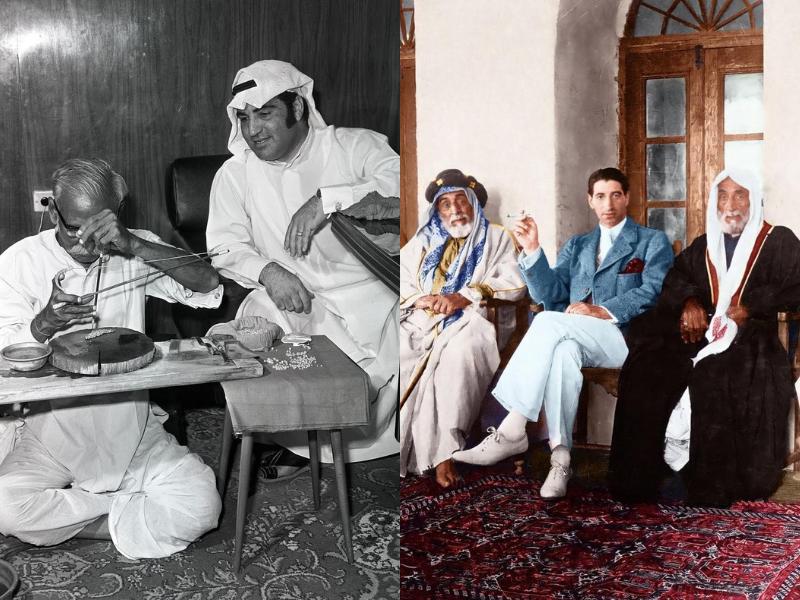For over 4,000 years, Bahrain, an archipelago of 33 islands in the Arabian Gulf has been known to be a thriving hub for trade, culture, and opportunities. Bahrain, a land between two seas, became a commercial crossroad, linking the East and the West.
Called fondly the “Pearl of the Gulf”, the Kingdom’s pearl diving industry peaked from 1810 to 1923. Pearl contributed three-quarters of Bahrain’s total exports in 1877. Following Bombay (now, Mumbai) and Turkey, Europe became a major market for Bahrain’s pearl exports in the 1900s. (source: Pearling Path). The value of pearl exports increased sixfold between 1900 and 1912 when merchants from India, Paris, London, and New York were all vying for the finest pearls at source.

In 1932, Bahrain was the first to discover oil on the Arab side of the Gulf. The relatively small reserve prompted the Kingdom to shift gears and build the region’s international business relationships. The island nation, the third smallest in Asia, continues to foster international relations through its diplomatic ties with nearly 180 countries.

In 2002, Bahrain became a constitutional monarchy with a democratically elected parliament, marking a period of ongoing reform. Since the 2008 launch of The Economic Vision 2030 and the #TeamBahrain initiative, Bahrain has been steadfastly increasing bespoke opportunities for the world to create their bases in the Kingdom across various sectors – technology, real estate, tourism, housing, power, water, transport, public world, and manufacturing, to name a few.
Bahraini Pearls and a French Connection

In 1912, Jaques Cartier arrived in Bahrain with a simple task: to find a way to source the best pearls. On a mission to propel Cartier into the global jewellery brand we all know, Jaques Cartier went home not just with a trade perspective on Bahraini pearls but with a long-term relationship that shaped the French brand during its early days of growth, as described in Francesca Cartier Brickell’s book, “The Cartiers”.






